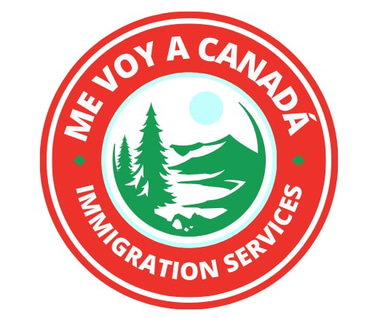
Refugee protection in Canada
⚖️ 🇨🇦 Canadian Refugee Claim – Protection and a New Beginning in Canada
A refugee claim is a formal request for protection made by a person who is fleeing their country due to a well-founded fear of persecution, violence, or danger. Canada, as a signatory to the 1951 Refugee Convention, provides a fair legal process for individuals who seek asylum and protection on Canadian soil.
Refugee protection in Canada ensures that individuals are not returned to a country where they may face persecution or risk to life, liberty, or security.
🔹 Types of Protection Available
Canada recognizes two main refugee categories:
Convention Refugees:
People who fear persecution based on one of the 5 protected grounds.Persons in Need of Protection:
Individuals who face risks such as torture, risk to life, or cruel and unusual treatment or punishment if returned to their country.
🚫 Who May Be Eligible to Make a Claim?
✅ You are physically present in Canada
✅ You are not subject to any removal order or ineligible under specific legal grounds
✅ You cannot return to your home country because of a well-founded fear of persecution due to:
Race
Religion
Nationality
Political opinion
Membership in a particular social group (e.g., LGBTQ+, gender-based claims)
🛬 Why Legal Support Matters
The refugee process in Canada is complex and highly detailed. A well-prepared claim can make the difference between approval and rejection. It requires:
📄 Strong evidence and documentation
🗣️ Credible personal narrative
🛂 Understanding of immigration procedures and legal definitions
⚖️ Representation before the IRB
This is critical to your claim. It outlines:
Your biographical info.
Why do you fear returning to your country of origin, or where you were before arriving in Canada.
Supporting facts and documents.
Timeline of events.
If you want, we can help you by assessing your eligibility. Just let us know!
🛬 How We Can Help
Our experienced Regulated Canadian Immigration Consultants (RCIC), Alejandro Gonzalez, with experience in humanitarian cases, will provide:
Detailing eligibility assessments
Preparation of your Basis of Claim (BOC) and supporting evidence
Representation and guidance throughout the refugee claim process
Supporting with work permits, health coverage, and PR applications after acceptance
Assistance with appeals or reviews if your claim is refused
📢 Fleeing danger and seeking safety in Canada?
We are here to help you present a strong and honest refugee claim, with professionalism, compassion, and legal integrity.
👉 Contact us today to schedule a confidential consultation and begin your protection process.








